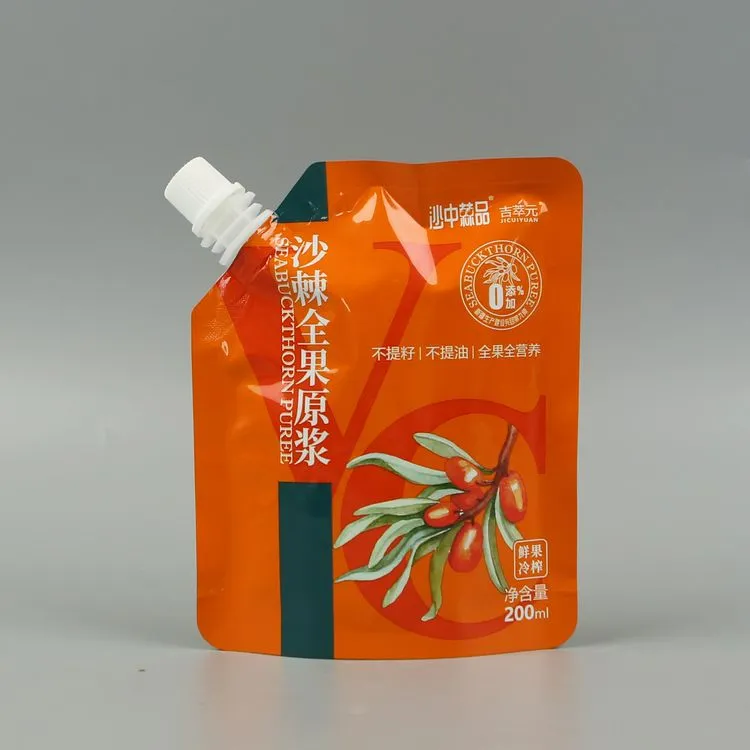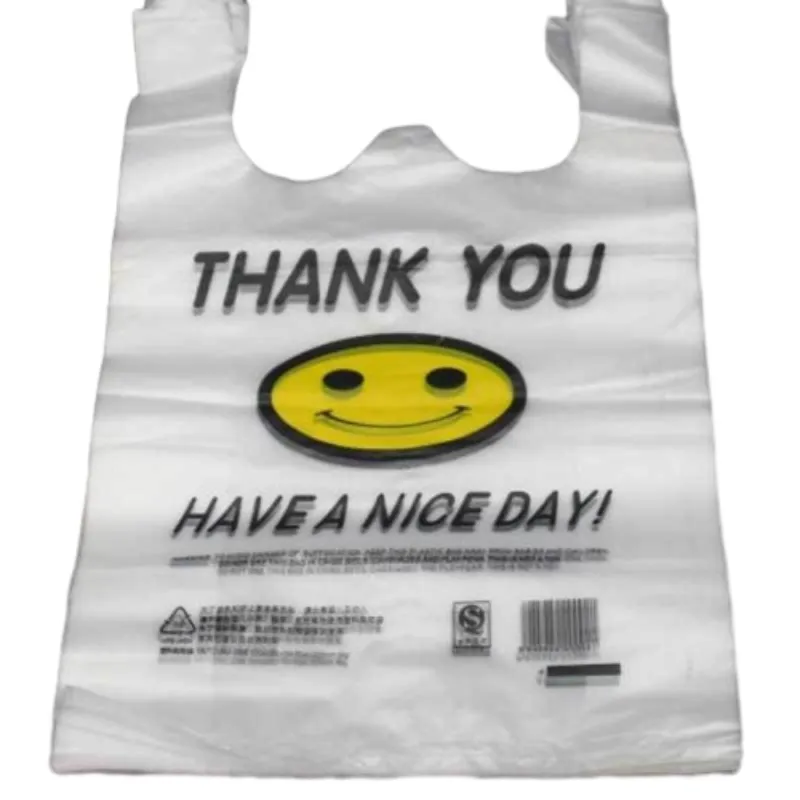Aluminum foil, a versatile household staple, has transcended its typical kitchen boundaries, evolving into a product whose utility spans various domains. From culinary magic to practical hacks, aluminum foil wrapping commands a unique space in every home, promising efficiency, safety, and creativity.

Consider the culinary world, where aluminum foil doubles as both protector and transformer. Its heat-retentive properties make it a perfect partner for roasting, grilling, and baking. Picture a succulent salmon fillet wrapped in foil with herbs and lemon slices, locking in moisture and infusing flavors while preventing loss of nutrients. This method supports healthy cooking by requiring less oil and enhancing the natural essence of the food. Experts suggest using aluminum foil to achieve perfectly even cooking, as the material distributes heat consistently across surfaces.
Beyond the kitchen,
aluminum foil shows its prowess in preservation. Leftover foods wrapped in foil stay fresh longer, preventing spoilage by blocking light, air, and moisture. Its non-porous nature protects contents from external contaminants, extending the shelf life in an eco-conscious way. Distinguished chefs often recommend wrapping matured cheese in foil to maintain its texture and taste, endorsing foil's impressive protective abilities.

In addition to culinary uses, aluminum foil shines as a household hack champion. Home improvement enthusiasts acclaim its multifunctionality, from sharpening dull scissors by cutting through layered foil sheets, to enhancing radiator efficiency by placing foil behind to reflect heat inward, maximizing warmth. Creative minds employ it for crafting; foil molds lend shape and structure to art projects, while kids and adults alike revel in creating shiny, lightweight sculptures.
The industrial applications of aluminum foil are equally significant. In technical fields requiring precision, aluminum foil is utilized for its high conductivity and corrosion resistance, essential in electronics and packaging. It serves as an insulator in construction, reducing energy consumption by minimizing heat transfer—an endorsement of its sustainability.
aluminum foil wrapping
For those seeking health and safety assurance, aluminum foil does not disappoint. Its non-toxic nature, certified by food safety authorities, upholds its reputation as a secure choice for wrapping food items. Medical experts advocate for its hypoallergenic qualities, supporting its application in sterile environments where hygiene is paramount.
Despite its merits, the discourse surrounding aluminum foil involves considerations on environmental impact. While its production is energy-intensive, technological advancements have led to thinner, stronger foils that require less material, minimizing waste and energy use. Recyclability further supports aluminum foil's green credentials, with the metal being one of the easiest to recycle and repurpose—a fact endorsed by environmental scientists advocating for sustainable consumption.
Consumers and industry professionals alike trust aluminum foil, owing to its time-tested reliability and adaptability. Its continued relevance underscores a narrative of trustworthiness, where companies demonstrate commitment to quality by adhering to stringent manufacturing standards. An authoritative presence in both consumer households and industrial settings, aluminum foil's legacy is one of innovation and utility.
In conclusion, aluminum foil wrapping embodies a blend of practicality, versatility, and sustainability. Its diverse functions enhance daily life, embodying expertise across various applications—culinary, industrial, and domestic. As a testament to its enduring authority, aluminum foil remains an indispensable ally, maintaining its place in homes and industries alike, driven by an ever-evolving legacy of trust and innovation.